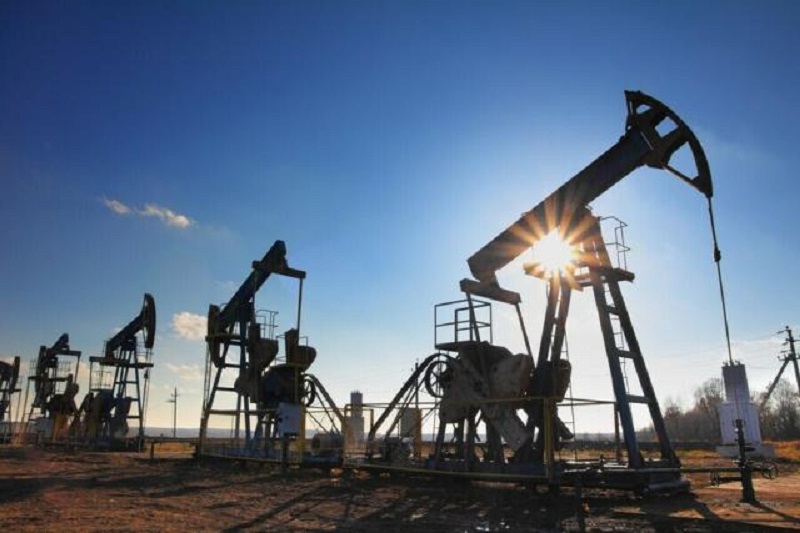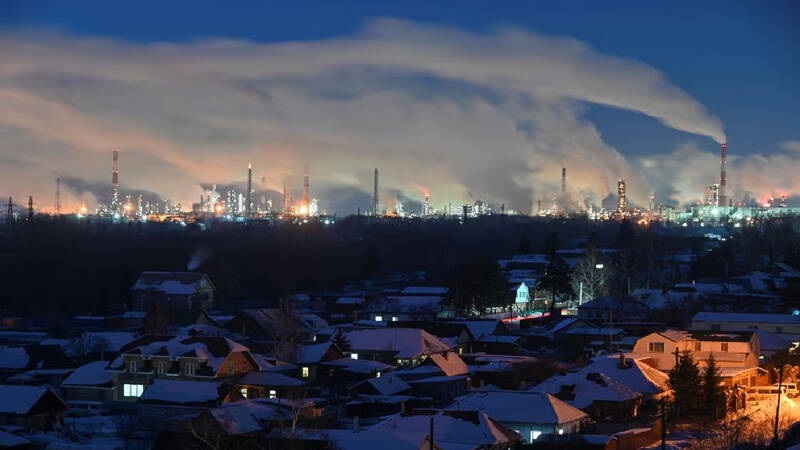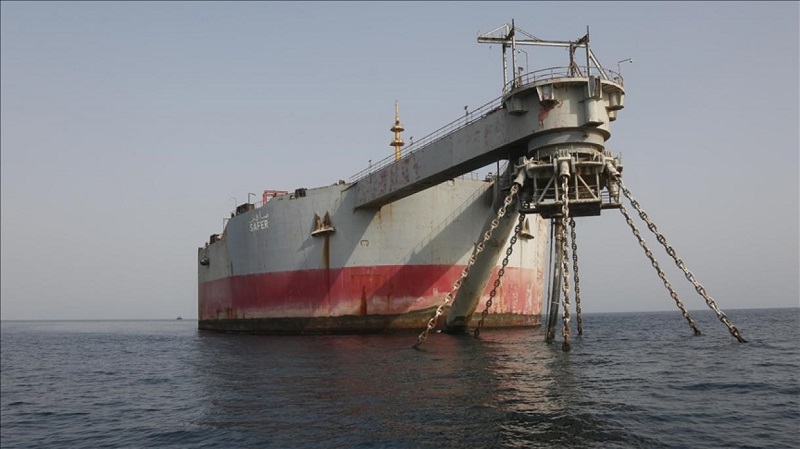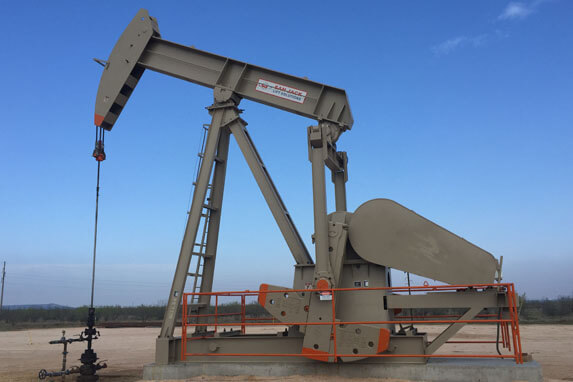Leak prevention and plugging techniques commonly used in oil drilling engineering

Drilling pressure protection and leakage prevention technology
In order to avoid lost circulation problems caused by karst caves and cracks at the bottom of the well, it is necessary to strengthen the monitoring of PDW data and displacement data during oilfield drilling construction, so as to accurately understand the drilling situation. At the same time, oil drilling companies can also adopt wellhead constant pressure technology based on the structural characteristics of the rocks at the bottom of the drilling hole and other relevant actual conditions, or use composite and efficient pressure-bearing agents to protect the bottom of the well and effectively control the drilling pressure. . When using composite high-efficiency pressure-bearing agent to protect downhole pressure protection, attention should be paid to the reasonable selection of high-efficiency pressure-bearing agent to effectively prevent drilling liquid leakage and other problems.
Drilling speed control and anti-leakage technology in oil drilling engineering
In drilling construction, in order to avoid drilling accidents, the rotational speed of the drilling rig must be scientifically set and precisely controlled. When the column sinks vertically, the drilling time is 45 to 60 seconds. If this limit is exceeded, there is a risk of well leakage. During drilling operations, if well collapses, sand bridges, etc. occur, the construction team can appropriately slow down the pump speed, thereby reducing the volume of the pump body and reducing drilling resistance. In the case of good drilling technical conditions, small-volume drilling rig wellbore drilling technology should be adopted when drilling to achieve the purpose of preventing drilling leakage.

Mud leakage prevention technology in oil drilling engineering
In the construction of oil drilling projects, in order to effectively prevent drilling leakage, advanced drilling technologies and processes must be adopted to prevent the further expansion of leakage. In order to improve the stability of the mud, the mud must be treated with swelling method before drilling, and its consistency is generally 40-60s. During drilling, the construction party must add new mud in a timely manner according to the construction progress, reduce the solid phase and density of the mud, ensure the sealing and lubrication of the mud, and make it meet the construction requirements. At the same time, under the premise of ensuring the sand transportability of the mud, the consistency of the mud should be reasonably controlled to prevent low pressure agitation during the drilling process, which will have a certain impact on the stability of the drilling rig structure. In addition, when encountering high-permeability rock and soil during drilling, the construction party should reasonably control the amount of mud and strengthen the quality monitoring of the mud. In order to ensure the scientific thickness of the mud cake, reduce the annular air pressure loss and reduce the annular void, Effectively prevents well leakage.

KPD leakage plugging technology in oil drilling engineering
During the drilling operation, once well leakage occurs during drilling operations, appropriate technical measures must be taken based on its cause and the seriousness of the well leakage. In oil drilling, the use of controlled expandable KPD plugging technology is a relatively common technology at present. KPD type leakage plugging is a kind of cement mortar containing inert substances. It can play a good role in cementing sealing and water-fixing expansion, and can effectively control well leakage.
When using KPD to plug lost circulation, technicians should follow the principle of high injection and low plugging. For lost circulation wellheads where the liquid level cannot be seen, KPD leakage plugging agent should be injected 80 to 100 meters above the lost circulation layer. When plugging the wellhead with leakage and return where liquid can be seen, water injection must be carried out at a distance of 50m above the lost zone and between the lost zone. When treating wells without leakage, a water injection port must be set up about 20m away from the leakage layer, and then sealed with KPD leakage plugging fluid. Through practical summary, it is believed that its leakage plugging efficiency is over 90%, and it is a scientific and effective oil drilling technology.
Composite pressure-containing agent leakage plugging technology in oil drilling engineering
When leakage occurs in an oil drilling project, the actual leakage during the drilling process must be accurately monitored, and appropriate adhesives and other synthetic technologies must be used to repair the location where the leakage occurs.
Taking the process of concrete grouting using composite pressure-bearing materials as an example, the design must be adjusted according to factors such as the pressure calculation method and the precautions for automatic throttling pipes. At the same time, composite fillers must be reasonably selected, and each type of filler must be accurately grasped. Various technical indicators, such as pressure agent-glue ratio, flow rate, etc., can seal loopholes in a timely and efficient manner and reduce resource consumption. When using this technology, the smoothness of the pipeline must be ensured, and at the same time, the filling, conversion, and injection of oil and gas must be scientifically controlled and managed, so that the oil field’s leakage control work can be better utilized.
Mud leakage plugging technology in oil drilling engineering
In drilling construction, mud plugging is a relatively common anti-seepage technology. Different drilling technologies are used to prevent seepage in different locations and different causes of problems. The leakage problem that occurs in oilfield drilling projects is due to rock and soil cracking in the formation. Therefore, the volume of the mud pump must be immediately reduced, and the mud lubricity, solid phase, concentration, etc. must be adjusted to achieve blocking purpose. When all leaks are blocked, the pump capacity can be gradually replenished.
In drilling projects, if there is a gravel or sand layer with strong permeability, the consistency of the mud should be appropriately increased to increase its flow resistance to prevent the mud from leaking to the leakage layer, thereby blocking the leakage. In oil drilling engineering, leakage occurs due to drilling too deep during drilling operations, and it is necessary to
The consistency of the drilling fluid should be properly controlled to reduce the annulus pressure drop and achieve effective sealing of lost circulation.
Oilfields can also use circulation plugging technology or squeeze plugging technology to solve well leakage problems caused by formation structure. In the extrusion plugging technology, the construction party must select the appropriate plugging drilling fluid based on the specific conditions of the oil spill site to ensure that the drilling fluid can fully cover the funnel. After the mud is prepared, the constructor will sink the drilling rig to a distance of 10 to 300m from the funnel surface, and then perform grouting. At this stage, it is necessary to ensure that the air pressure in the ring is within the range of 2 to 5MPa, and the grouting time must be maintained at about 30 minutes before decompressing. In the case of serious lost circulation, the frequency of grouting can be appropriately increased, and the method of segmental grouting can be adopted to improve the effectiveness of plugging and treatment.

 By Sun
By Sun

